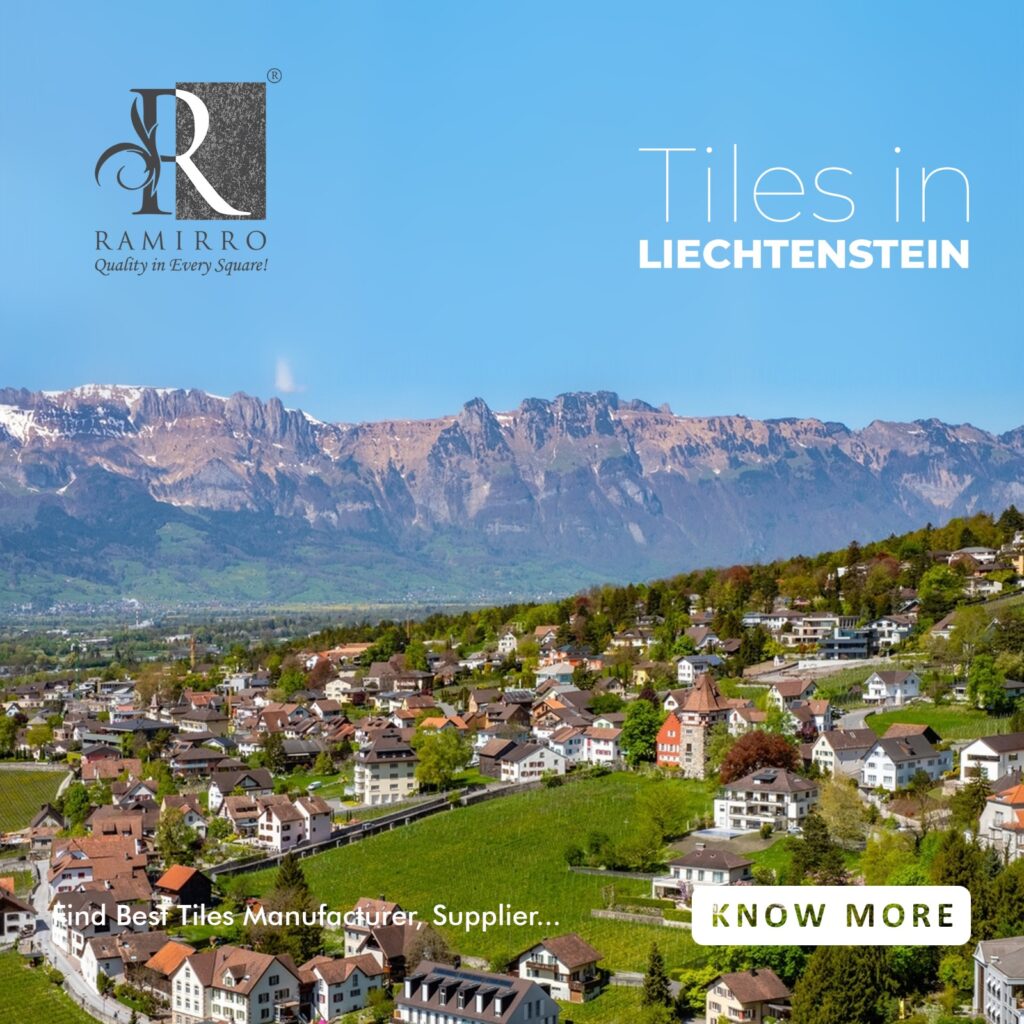Liechtenstein and Switzerland boast rich cultural landscapes, where traditional aesthetics meet modern sensibilities. One aspect where this blend is evident is in the choice of tiles for flooring. From the quaint streets of Liechtenstein to the bustling cities of Switzerland, the selection of tiles reflects a unique fusion of tradition and innovation. In this article, we delve into the nuances of tile selection in Liechtenstein and Switzerland, exploring the varieties available, manufacturing practices, and essential considerations for buyers.
The history of Liechtenstein, a small landlocked country situated between Switzerland and Austria. Liechtenstein does have a rich cultural heritage, and ceramics could have played a role in its artistic expression and historical development. The history of Liechtenstein in ceramic tiles dates back to the 19th century when the Schädler tiled stove factory opened in 1836, evolving into a ceramic art company. Liechtenstein’s industrialization began with the customs treaty in 1852, enabling access to a larger market. In 1861, the first bank was founded, and infrastructure development commenced, including bridges over the Rhine and the opening of the Samina Valley. Liechtenstein’s economic growth continued with the integration into the Swiss market in 1924, leading to the establishment of various industries, particularly in metal, machinery, and apparatus sectors. Notably, Liechtenstein’s industrial enterprises, focused on exports, contribute significantly to its GDP, making it one of the most industrialized countries globally.
